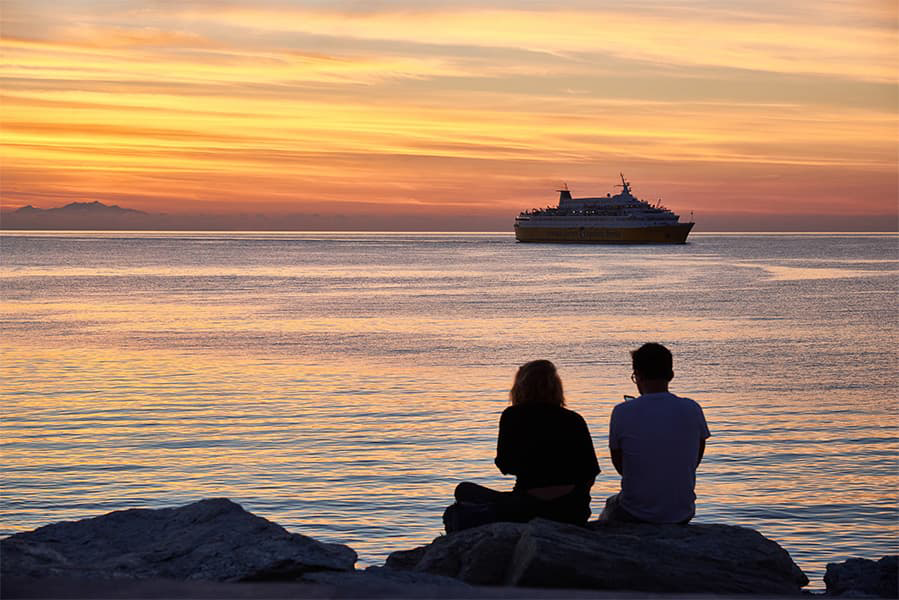Boulogne – Dover
Ferry to England
Boulogne – Dover
Ferry to England

The Boulogne Dover ferry route is currently not sailing. Boulogne Dover sailing durations and frequency may vary from season to season. View our Deal Finder for alternative routes and compare prices, times and schedules.
More routes than anyone else.

Compare fares, times & routes in one place.
Change plans easily with flexi tickets.

Book e-tickets & manage trips in-app.
Live ship tracking & real-time updates.

Top-rated customer support when you need it.
Boulogne-sur-Mer is a city in the Pas-de-Calais département of northern France. Originally named Gesoriacum, by the 4th century Boulogne was known to the Romans as Bononia and served as the major port connecting the rest of the empire to Britain. The emperor Claudius used this town as his base for the Roman invasion of Britain, in AD 43, and until 296 it was the base of the Classis britannica (Roman Provincial Fleet that controlled the English Channel and the waters around Britannia). In the Middle Ages it was the centre of a namesake county. The area was fought over by the French and the English. In 1550, The Peace of Boulogne ended the war of England with Scotland and France. France bought back Boulogne for 400,000 crowns. In the 19th century the Cathedral of Notre Dame was reconstructed by the priest Benoit Haffreingue after he received a call from God to reconstruct the town's ruined basilica.
The town and port of Dover is located on the south east coast of England, in the county of Kent. The major ferry port lies on the English Channel coast, at its narrowest point between England and France. Dover is the world's busiest passenger port with roughly 16 million travellers, 2 million lorries, nearly 3 million cars and motorcycles and 86,000 coaches passing through it each year. Providing an iconic backdrop to the town are its white chalk cliffs and are an impressive sight when entering the port by ferry.
A popular tourist attraction in the town is the 12th century Dover Castle which stands guard over the town. The medieval castle has been described as the "Key to England" because of its defensive importance over the centuries, and is also England's largest castle. Today, the castle is a designated Scheduled Monument which means that it is a nationally important historic building and archaeological site that is protected against unauthorised change. It is also a Grade I listed building and an internationally recognised important structure. The castle, its secret tunnels and surrounding land are all now owned by English Heritage.